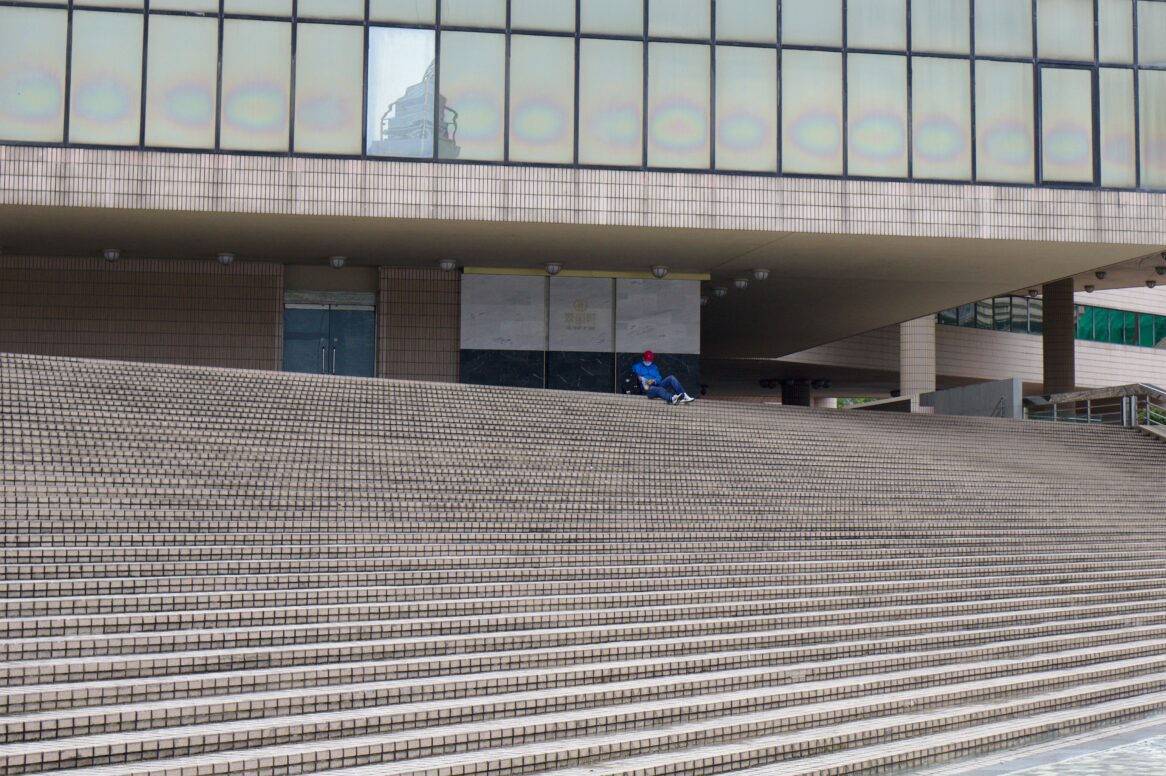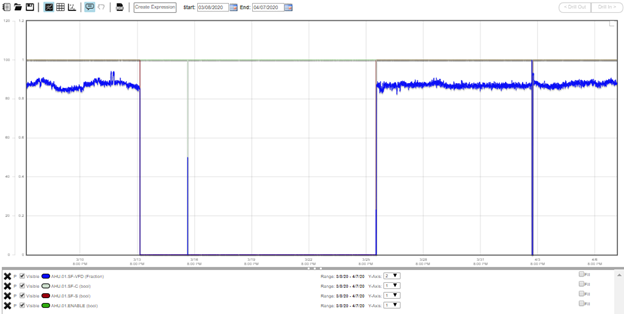Using FDD to support buildings during COVID-19
April 28, 2020

It all happened fast. The COVID-19 pandemic has brought the world to its knees. The doors of schools, businesses and restaurants have been closed. People are unable to gather. Sports leagues have been cancelled. Life as we know it, at least for now, has changed.
The Clockworks team has had the privilege of working with facility teams—from Higher Education, to Service Providers, to Healthcare—to adapt to what has quickly become our new “normal”. We have seen facilities organizations band together, share best practices, and find new ways to make an impact while working from home. We are also proud to monitor and support essential facilities in the fight against COVID-19, including hospitals treating patients on the front line, pharmaceutical plants producing critical medications, and university labs conducting research on vaccines.
However, in many settings, equipment is being set to unoccupied or holiday modes to accommodate their new usage patterns. While the COVID crisis continues to take an economic toll, this is a sensible strategy for facilities teams seeking to reduce costs during the response. Reducing loads has been the most common action taken among Clockworks users, and across the country. According to the World Economic Forum, US energy consumption recently dropped to its lowest level in 16 years.
The Clockworks Analytics team has been using diagnostics, backed by trend data, to identify opportunities for energy reduction during this time. This investigation, across several clients, has uncovered numerous examples of units previously believed to be set to unoccupied, still running in a full occupied mode.
Carl Samara, Director of Service at Clockworks Analytics, has led the effort to uncover rogue units and limit wasteful energy usage during this time.
“As organizations set buildings to unoccupied or holiday modes in response to the current situation, the Clockworks building analytics software is leveraging trend data to verify that these changes are in-fact implemented and driving energy savings. We have found this to be a worthwhile investigation and have uncovered numerous examples of units running under normal operating parameters despite the belief they were in unoccupied operation modes”.
Some examples of common findings are illustrated below:
In this first example, RTU-1 is still running fans in full 24/7 occupied mode.


 Here, the AHU-1 return fan appears to be cycling on during unoccupied periods even though the supply fans are off.
Here, the AHU-1 return fan appears to be cycling on during unoccupied periods even though the supply fans are off.



In this final example, this unit AHU.01 was set to unoccupied operation on 3/13. However, the unit seemed to have been released back to a constant Occupied mode on 3/26 and has been running continuously since.

In this period of working remotely or with limited site access, visibility into building operation can be more impactful than ever before. Large institutions, many of whom have less people on site than normal, are doubling down on the value of remote visibility. Knowing that they can’t watch every piece of equipment all the time, the people they do have on site need to be highly focused on the highest priorities. We are finding that FDD can be very helpful in validating that these strategies are successfully put in place and savings are realized.
Building Analytics Software can be used to easily identify deviations from expected behavior, correct the systems that are not following the new strategy, and ensure savings persist during the response. The same will be true coming out of the crisis as operations return to normal. We expect FDD to be very important in helping to validate systems are successfully moved back into normal operation and avoid unforeseen comfort, maintenance and energy issues.
All of this is to say, if you believe you’ve set operating schedules to unoccupied or holiday modes as part of your COVID-19 response, it might be worth double checking that they are operating as expected!
In addition, ASHRAE recently published updated Guidance for Building Operations, which can be accessed here.
All of us at Clockworks appreciate the continued partnership of our users and community around the globe and are here to support you in any way we can.
We are all in this together.
Back to blog
